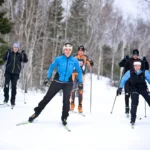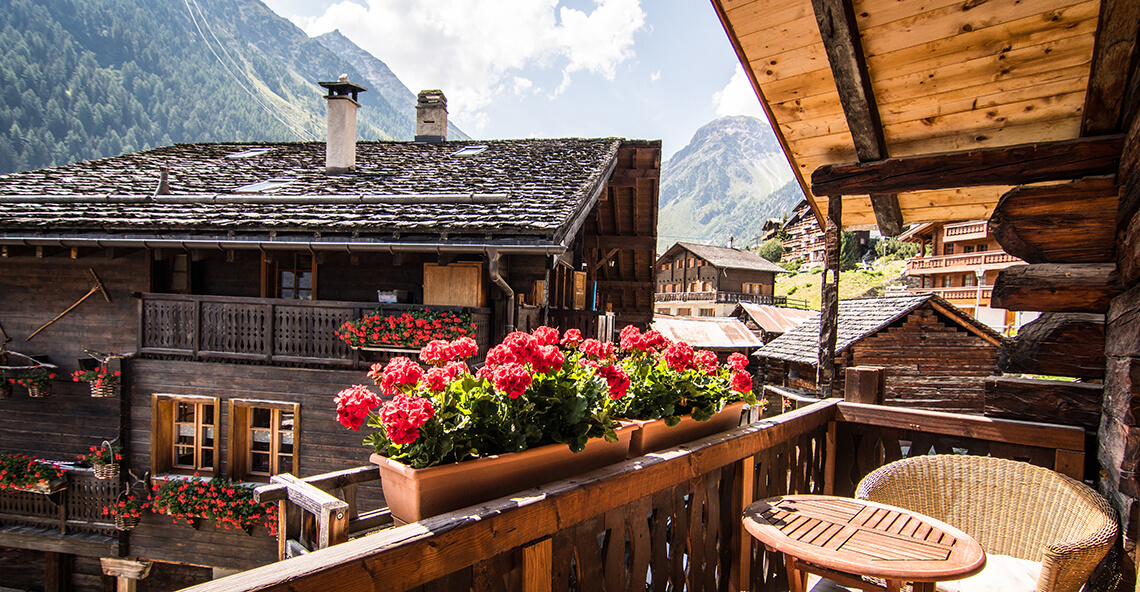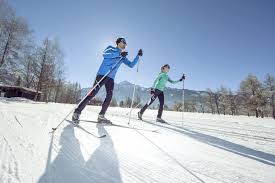
The Unique Thrill of Euro Cycling

All Images Courtesy of Flandres 2021
Professional cycling events have a very particular sound to them. Sure, there’s the same overhead buzzing of helicopters a football game or marathon might have, and the cheering isn’t that much different than you’d hear at a track and field event or a basketball game. But it all happens at a unique rhythm, strung together by the exhilarating hums and whirrs of road bikes flying along at astounding speeds, with the general cacophony moving like a wave along the course. In the last week of September—which also turned out to be the last week of warm, sunny weather in the European Low Country—the Belgian city of Leuven vibrated with the sweet and raucous sounds of the UCI World Championships.
The championships, which have been run annually since 1921, round out the Triple Crown of Cycling, along with the Tour de France and the Giro d’Italia. This year’s event, hosted by the region of Flanders and centered on Leuven, marked the 94th UCI Worlds. And it’s not called a “World Championship” for nothing: even during this pandemic-crippled year, the competition drew cyclists not only from across Europe, but from African countries like Eritrea, South American nations like Bolivia and Panama, and places as far flung as Australia, Japan or Mongolia. This global group of elite cyclists competed for their respective countries in the Men’s, Women’s and Junior time trials, in mixed relays and in 200-km-plus road races. The longer races began in Antwerp and wove their way through the Flemish countryside, while the shorter format races took laps through Leuven and its outlying parks, farms and suburbs.


As an American unused to this level of cycling competition, and even more unused to the level of excitement and energy it generates in Europe, the experience of being a spectator in Leuven was as thrilling as it was overwhelming.
I first arrived in town on the first day of racing, and already the streets had been turned into circuits and the squares into stadiums. Low metal fences were placed on either side of the choicest non-cobblestoned streets, forming a circuitous path through the medieval city—one which passed alongside gothic cathedrals and monumental university buildings, crossed canals and rounded tall bronze figures. The course was designed with spectating in mind: critical bends and straightaways were made to pass parks or wide promenades, where fans could throng and cheer on their racers.
The “Stadium Zone”—which cyclists would pass through on each lap of the time trials, and relay team members would tag off—was staged in the shadow of the stately Library of KU Leuven (the city’s famed university). Spectators piled onto the library steps, while the bars and restaurants lining the square adjacent overflowed with fans slurping down plastic cups of the local beverage… which just happens to be Stella Artois, brewed and headquartered on the edge of Leuven’s downtown.
Local beer and local talent made for an especially energetic crowd: two of the top five men’s competitors—Remco Evenepoel and Wout van Aert—are from Flanders, the Flemish-speaking region to which Leuven belongs. On the women’s side, Antwerp native Lotte Kopecky was a top contender in the Elite Road Race. Fueled by Stella, waffles and endless frites (that is Belgian, not French, fries) Belgians flocked to Leuven and cheered on their team to the very last lap.

Not unlike a Red Sox game in Boston, TV’s in every bar and restaurant across the city were tuned into the race. This way, spectators could watch the racers whizz by at extraordinary speed, feel the wind flying off of them, and then quickly turn and keep careful track of the positions and strategies of their favorites.
In the US, a football or baseball game might get 100,000 people to come out and rally their team, make noise and be enthralled in the fervor and intensity of the sport for a few hours; in Leuven, cycling not only drew half-a-million people to a city a fifth that size, it turned a university town into a world-class sports stadium for an entire week, and gave fans—and even tourists like me—memories that will last a lifetime.







































